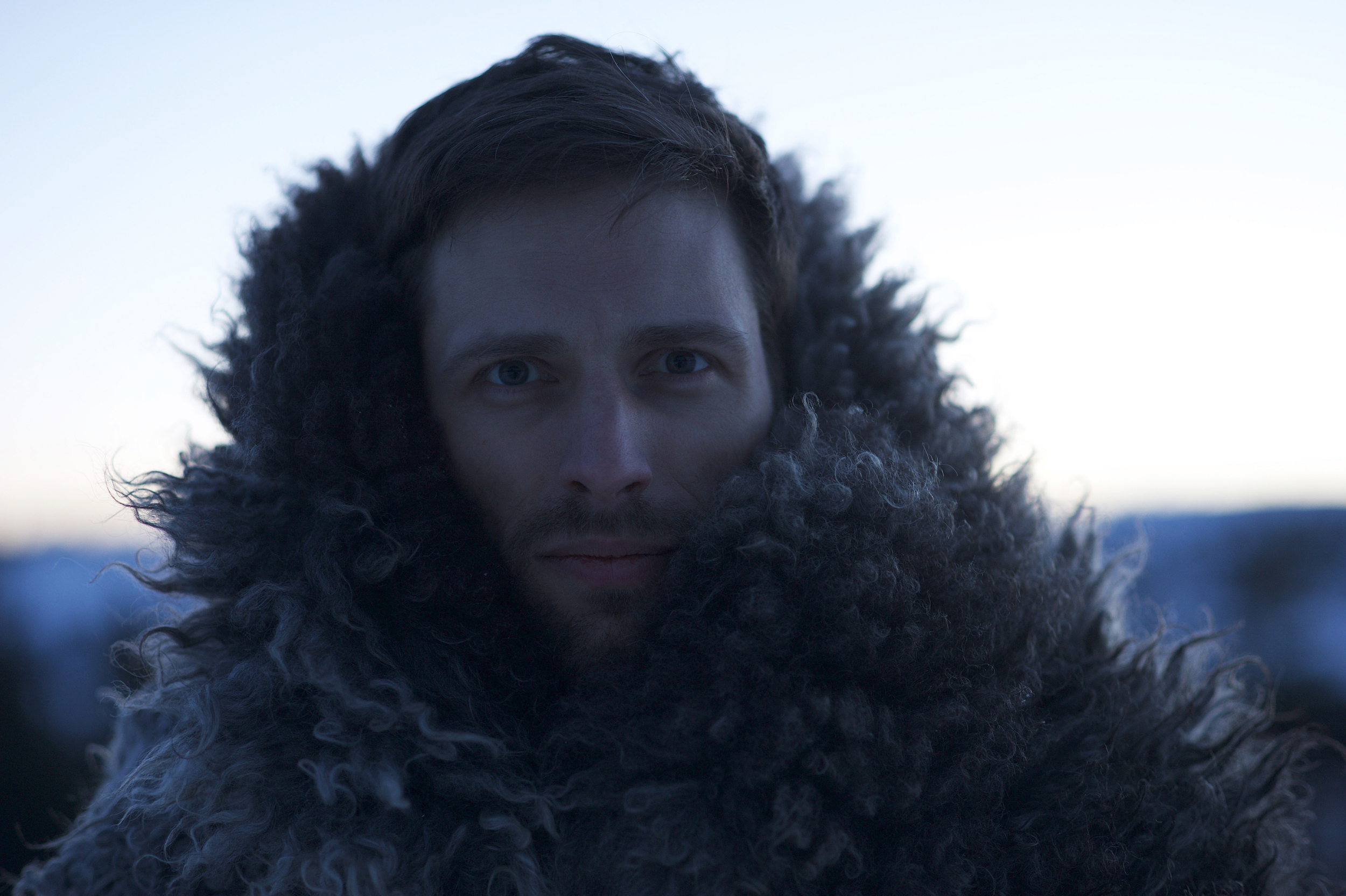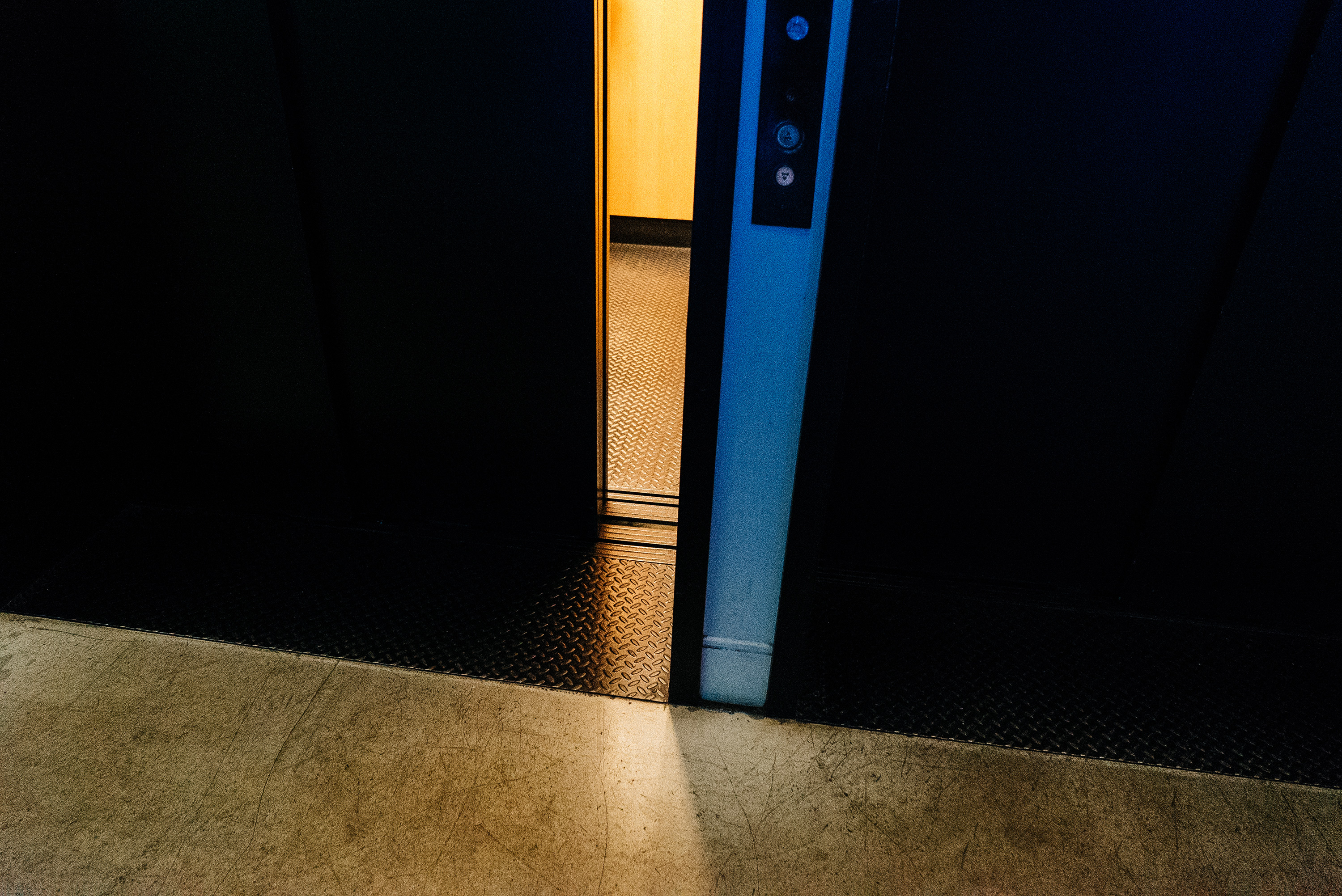Embracing Humor and Eclecticism, Kornél Kovács is Making a Very Swedish Beat
With his debut album out soon on Studio Barnhus, the producer chats with Shawn Reynaldo for RBMA Radio
.21ad39df.jpg?auto=format&w=700)
Stockholm’s Studio Barnhus label is often lauded for its diverse range of dancefloor sounds, as well as its founders’ infectiously lighthearted approach toward music and, well, life in general. Kornél Kovács is one of the imprint’s three bossmen, not to mention someone who started DJing and hanging around record stores long before he was old enough to actually go to clubs. With his first full-length, The Bells, set to drop, the alumnus of the 2008 Academy in Barcelona chats with Shawn Reynaldo in this excerpt from his First Floor show about the album’s genesis, his hometown’s music scene and why his latest record shares a title with one of the most storied techno tunes of all time.
Listen to First Floor on RBMA Radio here every Thursday at 1PM EDT.
I think the easiest place to start is the title of the record, The Bells – you must know that “The Bells” is the name of a Jeff Mills track, which is one of the biggest techno tracks ever.
Who? What? [laughs] No, of course I’m well aware of that connection. I was struggling to come up with a title for quite a while. Of course, there’s a song on the album called “The Bells,” and that has nothing to do with Jeff Mills. It’s just through the vocal in the song, which keeps repeating those words. I was thinking about which of the track titles could also work as an album title, and I kept thinking about “The Bells” because “bell” is a pretty beautiful word. It sounds nice when you say it and it looks good in writing. I was aware of the Jeff Mills connection, but I felt that was funny, maybe. Also, I throw a lot of bell sounds in my music, be it sampled bells or digital FM bells. So I just went with that.
I remember taking to someone yesterday about when I was maybe 12- or 13- years old, and I was in a record shop in Stockholm. There was this older, quite established Swedish techno DJ in the shop, too, and I was eavesdropping on his conversation with the record store clerk. He was talking about a gig from the weekend before that he had in Stockholm.
He was really upset because, although it was super banging (I knew about this club already, even though I was too young to get in), he said that the crowd was so young and ignorant of music history. He’d apparently played “The Bells” and basically got no reaction out of it. He was super annoyed about that. I remember thinking, “What a jerk. He gets to play records to people at nightclubs on weekends and he’s here complaining?” That was probably the first time I heard about “The Bells.” I checked out the track and, of course, I loved it. I’m a big admirer of Jeff Mills.
This is your first album. When you sat down to start making The Bells, did you have an album in mind?
I’d been planning to do an album for quite some time and I had a plan of how I was going to do my first album. I wasn’t going to present it as a concept album per se, but I had this idea of how I would work: start from scratch, use a limited sound palette and create all new material. It was pretty narrowly defined. I would only sample a certain type of record. I would only use one particular drum machine or a couple of synths. I would try to get away from everyday life in Stockholm and lock myself in the studio somewhere for a month to do it.
While I was preparing to start on this project, though, I figured that I should see if I could do one or two EPs first. I went back to my old hard drives and tape recorders – listening to sketches and ideas that I made when I was just starting out in music, from seven or eight years ago – and I found a lot of stuff of mine that I really liked. They were super naïve, careless, basic productions, from when I was learning how to use machines and getting comfortable with the studio in Stockholm.
I got more and more interested in these old sketches and kept working on them, rather than getting to work on the planned album. I also had five or six brand new tunes that I’d started making and when I combined the old with the new, I realized that there was a story to them. There was a structure that I could build upon. The album is about trying to combine the way I was making music when I started out with the way I make music today.
It’s like a good movie, be it drama or horror: it can’t be just be super serious for two hours or it risks becoming clichéd and shit. You have to mix it up with something like humor to tie it to the real world or the truth, however you want to define it.
One constant that I’ve noticed while listening to the album is the presence of over-modulated or “blown-out” sounds. I was wondering if that was intentional and what about that appeals to you?
I like extreme sounds. I like contrasts in music. I’ve recently started working with a sound engineer and amazing artist, Matt Karmil, and we’ve become really close friends.
Yes, he was on the show a few months ago. In fact, it was fresh after he was doing some sessions with you.
I’ve been learning a lot about analog equipment [from working with him]: like proper old tape recorders, big mixing desks and things like this. Before working with Matt, analog equipment was all about synths, drum machines and maybe some outboard effects, but I’m really excited about learning about these machines and pushing them quite hard. A lot of the distortion and the overblown, blown-out things come from that pushing.
Looking at the Studio Barnhus catalog, people often describe the label and yourselves as artists as “silly” or “goofy.” Do you guys welcome that description, and do you ever worry that you’re not being taken seriously as a result?
I don’t know. Of course we’re silly guys. Of course we joke a lot. That’s part of life and who we are, and therefore part of our music, but the majority of our releases don’t have that humorous aspect. Take my track “Pantalón,” for example. It’s probably my biggest release so far and that’s definitely a humorous piece of music. I made it to be able to play something funny to Axel and Petter and make them laugh, but then more people happened to like it.
It’s like a good movie, be it a drama or horror or whatever: it can’t be just be super serious for two hours or it risks becoming clichéd and shit. You have to mix it up with something like humor to tie it to the real world or the truth, however you want to define it. The same goes for music. Music should be about emotional content.
Sometimes I think that the music I put out is pretty sad, and then other people react like, “Wow, this is such a happy-go-lucky tune!” I’ve come to realize that strong emotional content always transfers between people, but definitely gets interpreted in any way. As long as the emotion is there, though, people will react in one way or another.
Do you think that there’s anything particularly Swedish or particularly Stockholm about the label or your own music?
Sweden is an outsider place when it comes to dance music, but I realize that also a lot of the artists that we’ve signed to the label, and a lot of the people around the world that we feel connected to or have made friends with over the years, also come from outsider places. If you grew up in a place like Berlin or London, you’re able to grow up in the rave. Stockholm doesn’t present young people with those kinds of opportunities.
It’s gotten better, of course, but when I first developed a relationship to dance music and club culture, it was definitely from the outside looking in. I grew up reading British dance music magazines and fantasizing about clubs and the nightlife: how it worked and what it could actually be, buying and listening to records but not sharing those experiences with anyone. I was playing 12-inches on my mom’s stereo at home.
I’m sure that a lot of people would put Northern Electronics and Studio Barnhus at opposite ends of the dance music spectrum, but in Stockholm we go to and play at the same parties.
In the early dubstep records, for example, you can assume that the producers were thinking about what the bassline was going to sound like at Plastic People, or people making techno in Berlin were thinking about what it would sound like in Berghain. The music is well suited for these dancefloor experiences. When it comes to Stockholm, you’re either making music for a fictional or even a fantasy environment, and that definitely affects who we are and what we do.
The eclecticism part of it also comes from the fact that when you’re DJing in Stockholm, you’re playing in a lot of different places and at different times of the night to a lot of drunken people, as opposed to clubs for a lot of high people. You need to have a broad repertoire of tastes and be able to switch between styles quickly. That’s affected our DJing, which in turn affects our music.
How would you describe the electronic music scene in Stockholm?
We’ve got Studio Barnhus, we’ve got Abdulla Rashim and his Northern Electronics camp, and if you go a bit further, to Gothenburg, you’ve got Aniara and Skudge. They are all quite different but we’re all super good friends. It’s pretty tightly knit. I’m sure that a lot of people would put Northern Electronics and Studio Barnhus at opposite ends of the dance music spectrum, but in Stockholm we go to and play at the same parties. Stockholm is small enough so that anyone who’s into the same thing is going to bump into each other sooner or later, and that’s nice.

